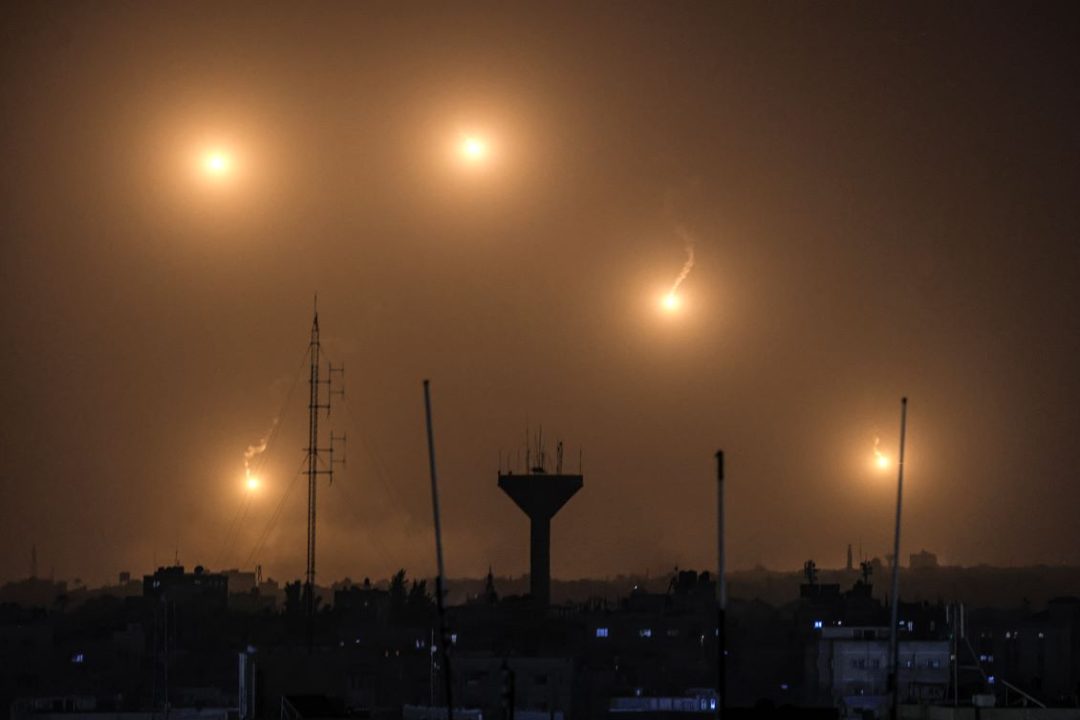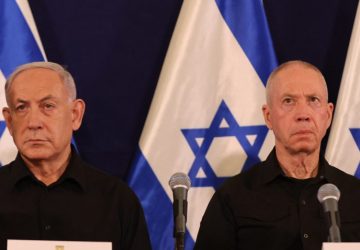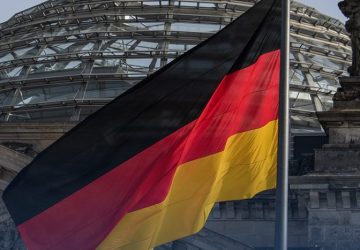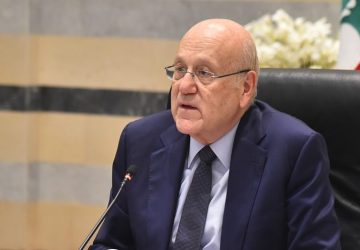Fighting between Israel and Hamas in Gaza raged on Saturday as the UN Security Council approved a much-delayed resolution to boost aid to the besieged Palestinian territory, where civilians are struggling to find food.
The Palestinian health ministry said more than 410 people had been killed in Israeli bombardment over 48 hours, including 16 in a strike on the Gaza City district of Jabalia.
Four members of one family, including a girl, died in another strike on a civilian vehicle in Rafah in southern Gaza, the ministry said.
An AFP video showed the impact had splayed the vehicle’s roof, leaving the wreckage blackened and blood-stained.
“The Jeep was hit. Five minutes later people gathered and a second attack took place,” witness Hamada Abu Taha said.
On Friday, after much delay and diplomatic wrangling, the United Nations Security Council adopted a resolution that “demands” all sides in the conflict allow the “safe and unhindered delivery of humanitarian assistance at scale”.
The resolution also urged the creation of “conditions for a sustainable cessation of hostilities” but did not call for an immediate end to fighting.
The United States, which earlier this month blocked a vote calling for a “ceasefire”, abstained along with Russia, and the watered-down text passed with 13 votes in favor.
It came after the UN’s World Food Program warned that Gaza’s population is at a “high risk of famine”.
The war began on October 7 when Hamas gunmen broke through Gaza’s militarized border and killed around 1,140 people in Israel, mostly civilians, according to an AFP tally based on Israeli figures.
Palestinian militants also abducted about 250 people.
Vowing to destroy Hamas, Israel launched a relentless bombardment and ground invasion of Gaza, where 20,057 people have been killed, according to the latest Hamas toll.
Most of the dead are women and children, Hamas officials say.
UN chief Antonio Guterres said after the Security Council vote that “the way Israel is conducting this offensive is creating massive obstacles to the distribution of humanitarian aid inside Gaza”, reiterating his call for a “humanitarian ceasefire”.
Israel’s Foreign Minister Eli Cohen said in a statement that “Israel will continue to inspect, for security reasons, all humanitarian assistance to Gaza.”
The fighting has displaced 1.9 million Gazans according to UN figures, out of a population of 2.4 million, and put out of action most of the 36 hospitals in the territory. Nine remain partly functioning, the World Health Organization says.
With swathes of Gaza reduced to rubble, the displaced have been forced into crowded shelters or tents, and are struggling to find food, fuel, water and medical supplies.
According to the UN, the number of aid trucks entering Gaza is well below the daily pre-war average.
Last week, Israel approved the temporary delivery of aid to Gaza via its Kerem Shalom crossing, and the army says on average 80 trucks enter the territory daily through it.
In north Gaza, parts of Gaza City including Shujaiya have seen street-by-street combat — even building-by-building — between Israeli soldiers and Hamas fighters.
According to the military, the deaths of two more soldiers in Gaza brought to 139 the number killed since it began its ground assault on October 27.
With AFP





